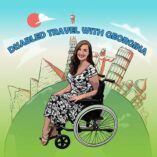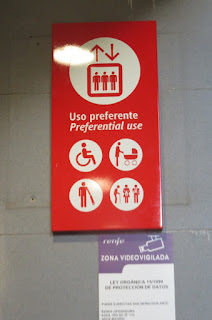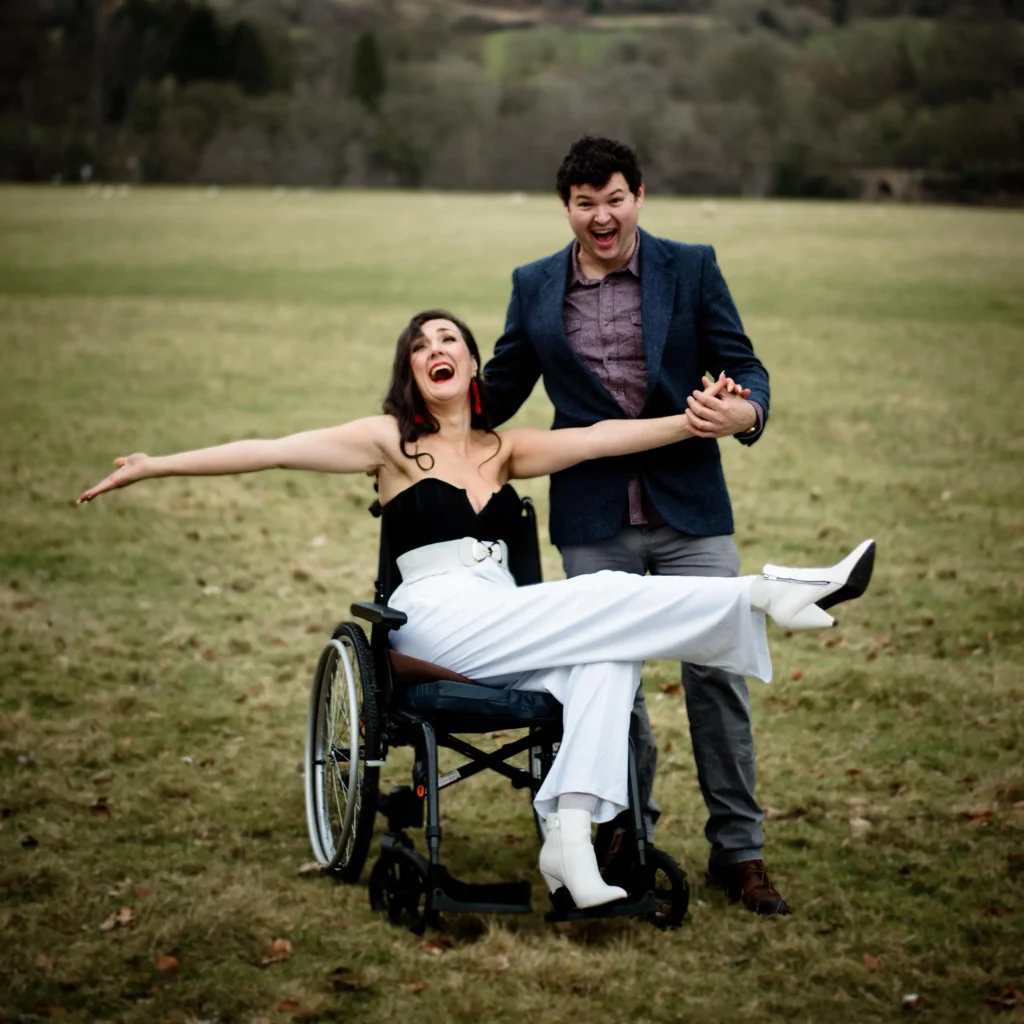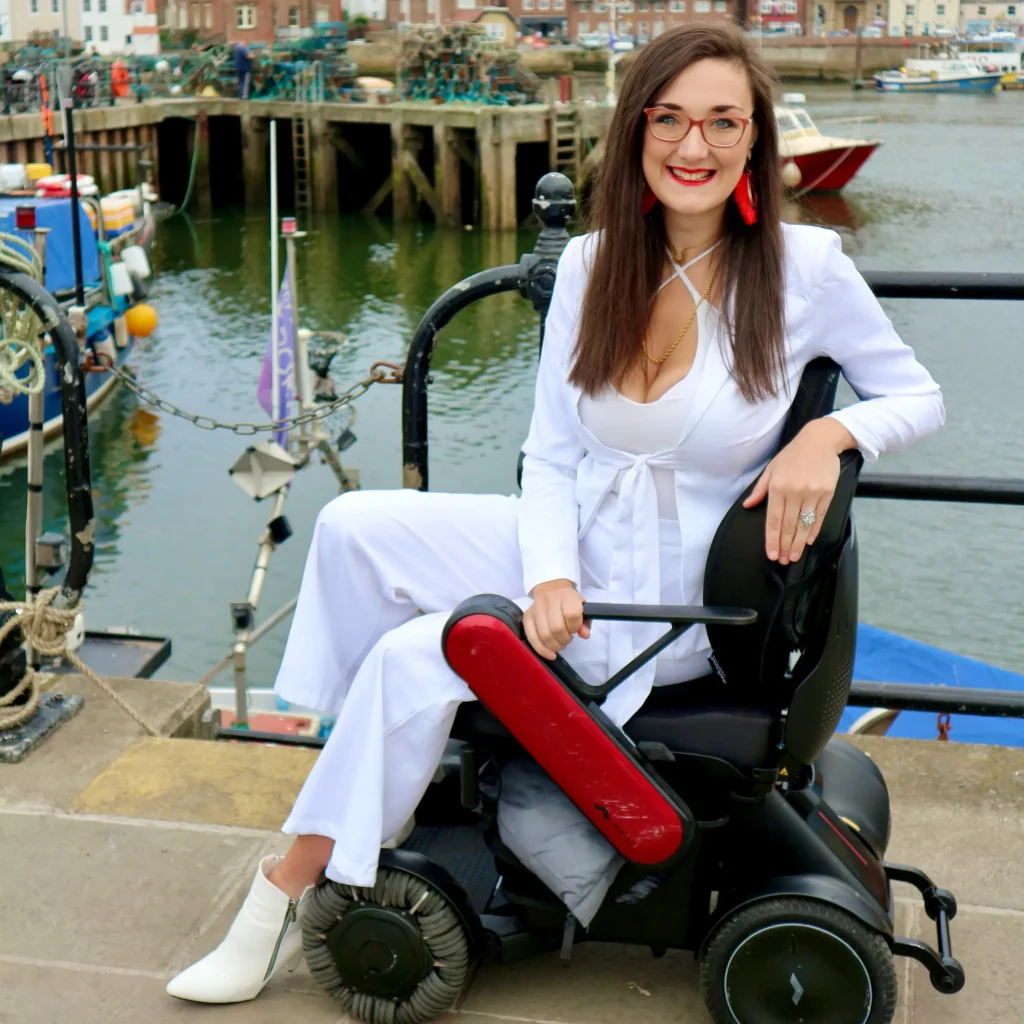Travelling with a person who uses a wheelchair can often be expensive with frequent taxi travel since it’s hard to be sure of public transport accessibility. Below are the details of public transport in the Costa del Sol area and pictures of how you can access these. If you need help with any Costa del Sol train or bus travel tips then email DisabledTravelWithGeorgina@gmail.com.  TrainThe Costa del Sol train system runs alongside the coast. This links many of the major coastal towns and cities that you might want to visit during your stay. To find out the exact timetable that applies to your travel dates then visit the Renfe website: http://www.renfe.com/EN/viajeros/cercanias/malaga/index.html. The station map is below.
TrainThe Costa del Sol train system runs alongside the coast. This links many of the major coastal towns and cities that you might want to visit during your stay. To find out the exact timetable that applies to your travel dates then visit the Renfe website: http://www.renfe.com/EN/viajeros/cercanias/malaga/index.html. The station map is below.  The Fuengirola train ran a reliable service that ran from approximately 6am-1am depending on which station you are travelling between. The tickets run on a zone system similar to that of the London underground so a single ticket ranges between €1.80 to €3.60 depending on how far you wish to travel. Children under the age of 6 can travel for free provided they don’t occupy a seat (up to a maximum of 2 children per adult). If your station has a manned ticket office it is worth showing your blue badge or equivalent proof of disability as this may result in you and/or your carer receiving a discount. We had mixed success with officers accepting the blue badge and giving a discount. For unmanned stations you can easily purchase a train ticket from a touch-screen machine. You can choose to have the text in English and insert both notes and coins into this machine. Keep your ticket as most large stations have barriers which need your ticket to allow you to exit; there is a wider, wheelchair-friendly exit barrier in each of these cases.
The Fuengirola train ran a reliable service that ran from approximately 6am-1am depending on which station you are travelling between. The tickets run on a zone system similar to that of the London underground so a single ticket ranges between €1.80 to €3.60 depending on how far you wish to travel. Children under the age of 6 can travel for free provided they don’t occupy a seat (up to a maximum of 2 children per adult). If your station has a manned ticket office it is worth showing your blue badge or equivalent proof of disability as this may result in you and/or your carer receiving a discount. We had mixed success with officers accepting the blue badge and giving a discount. For unmanned stations you can easily purchase a train ticket from a touch-screen machine. You can choose to have the text in English and insert both notes and coins into this machine. Keep your ticket as most large stations have barriers which need your ticket to allow you to exit; there is a wider, wheelchair-friendly exit barrier in each of these cases. 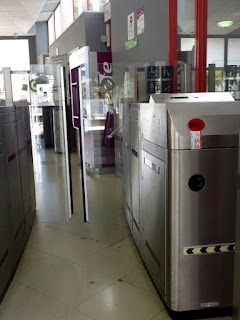
 When travelling with a wheelchair user on the Fuengirola train line you should board the train by using the middle carriage of the train. This is clearly marked with a blue wheelchair symbol. As pictured below there is a ramp which extends to bridge the gap between the train and the platform. There is still a small gap where the ramp ends ad this is at a slight incline but it still makes it easy for wheelchair users or those with buggies or bikes to enter here.
When travelling with a wheelchair user on the Fuengirola train line you should board the train by using the middle carriage of the train. This is clearly marked with a blue wheelchair symbol. As pictured below there is a ramp which extends to bridge the gap between the train and the platform. There is still a small gap where the ramp ends ad this is at a slight incline but it still makes it easy for wheelchair users or those with buggies or bikes to enter here.
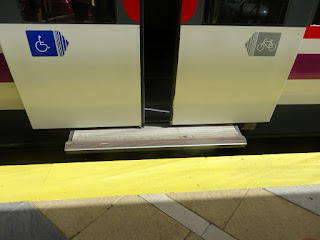 Once aboard the train there are two designated wheelchair spaces on each side of the train where you back your wheelchair up to the cushion, apply your brakes and then put a seatbelt on in case the wheelchair slides when the train is moving. There are two fold down seats by each wheelchair space so your companion can sit with you if required. There is a large disabled toilet on board also. When I spoke to the train guard she mentioned that the Costa del Sol disabled train transport all had these as requirements alongside many in the Spanish disabled transport system.
Once aboard the train there are two designated wheelchair spaces on each side of the train where you back your wheelchair up to the cushion, apply your brakes and then put a seatbelt on in case the wheelchair slides when the train is moving. There are two fold down seats by each wheelchair space so your companion can sit with you if required. There is a large disabled toilet on board also. When I spoke to the train guard she mentioned that the Costa del Sol disabled train transport all had these as requirements alongside many in the Spanish disabled transport system. 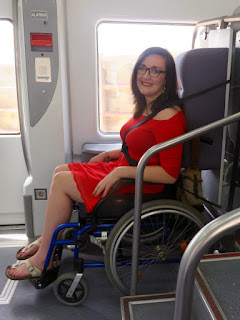
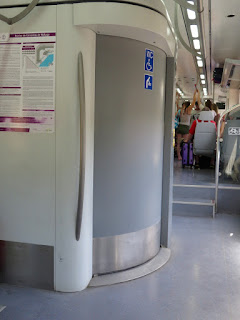 The electronic screens onboard the train show which station the train is approaching and how many minutes you are away from this to make sure you know where you are on the route.
The electronic screens onboard the train show which station the train is approaching and how many minutes you are away from this to make sure you know where you are on the route.  A recent update has ensured most stations are wheelchair friendly. However, Alora has a long steep incline once you leave the station and the town has many ‘ups and downs’ so is pretty unsuitable for wheelchair users. Pictured below is the lift that wheelchair users have to use in Malaga station and the ramp in Torreblanca station where our hotel was located.
A recent update has ensured most stations are wheelchair friendly. However, Alora has a long steep incline once you leave the station and the town has many ‘ups and downs’ so is pretty unsuitable for wheelchair users. Pictured below is the lift that wheelchair users have to use in Malaga station and the ramp in Torreblanca station where our hotel was located. 
BusesThe Fuengirola bus system was highly accessible and it was easy to take the bus from Fuegirola to surrounding towns such as Benalmadena, Torremolinos and Mijas. I encountered various different accessible buses in Fuengirola. The bus pictured below covered the route down the coastline to all the seaside towns. You have to flag the bus driver from the stop and signal that you are in a wheelchair if applicable. If she/ he doesn’t open the second set of doors in the centre of the bus then sometimes your companion needs to enter the front of the bus and say silla de ruedas (see-ya de roy-daz) which means wheelchair in Spanish. The ramps automatically came out so you could wheel on and there was a dedicated disabled area where you could park your wheelchair against a backrest and apply the brakes. The only difficulty would be if you are travelling alone since payment is taken at the front of the bus.  Spanish disabled transport can be expensive if you use a taxi service but the bus from Fuengirola centre to Mijas ran every half an hour for only 1.5 Euros for a single trip. Again, you enter the bus through a second door in the middle. The first bus we took had a wheelchair lift system (pictured below) where you wheeled onto a platform which then raised up to allow you to wheel into the disabled space on the coach. However, when returning from Mijas we found that there were no wheelchair friendly buses so we shared a taxi to our hotel with another couple. If you plan on using public transport for this journey then I would recommend ringing ahead as the Costa del Sol bus company said they then put an accessible coach on this route if possible. To ensure there is a wheelchair friendly coach on the M112 route you need to ring Avanza Portillo on 955 038 665.
Spanish disabled transport can be expensive if you use a taxi service but the bus from Fuengirola centre to Mijas ran every half an hour for only 1.5 Euros for a single trip. Again, you enter the bus through a second door in the middle. The first bus we took had a wheelchair lift system (pictured below) where you wheeled onto a platform which then raised up to allow you to wheel into the disabled space on the coach. However, when returning from Mijas we found that there were no wheelchair friendly buses so we shared a taxi to our hotel with another couple. If you plan on using public transport for this journey then I would recommend ringing ahead as the Costa del Sol bus company said they then put an accessible coach on this route if possible. To ensure there is a wheelchair friendly coach on the M112 route you need to ring Avanza Portillo on 955 038 665.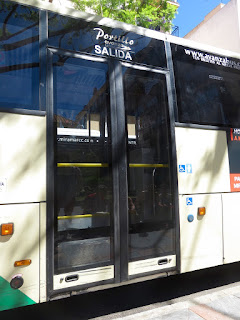
Disabled transport, Costa del Sol bus, Costa del Sol train, Costa del Sol disabled train, Costa del Sol disabled bus, Fuengirola train, Fuengirola bus, Fuengirola transport, Fuengirola disabled transport, Accessible buses in Fuengirola, Spanish disabled transport.
